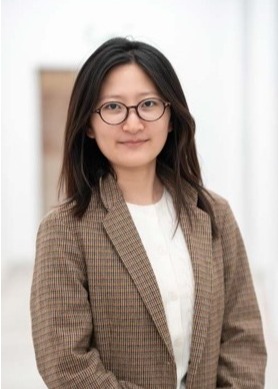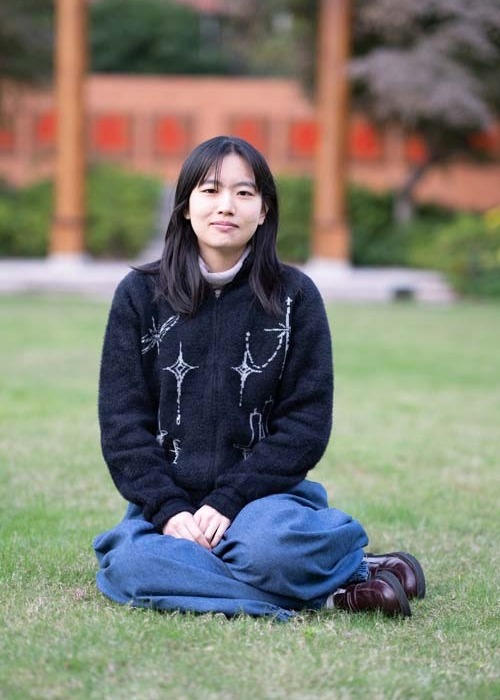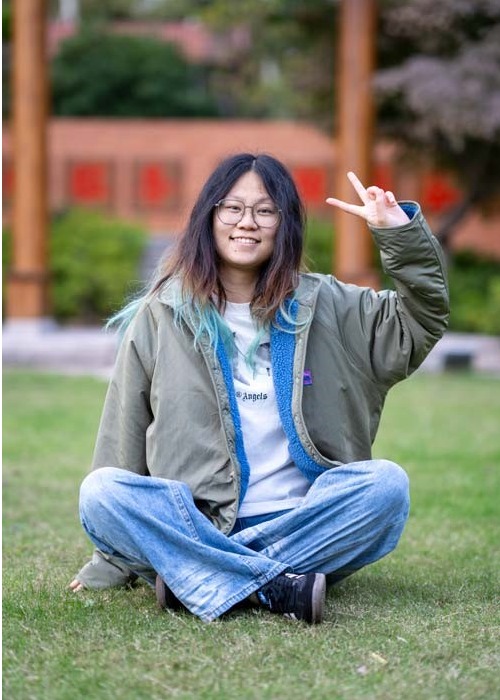Ion channels and transporter proteins play essential roles in generating electrical signals and mediating communication between neurons through chemical neurotransmitters. Action potentials trigger the release of neurotransmitters into the synaptic cleft, where they bind to and activate receptors on the postsynaptic membrane, ultimately leading to changes in the postsynaptic membrane potential. The generation of action potentials is tightly regulated by ion channel activity in response to various stimuli, such as temperature, pressure, pH, oxygen levels, light, and other signaling molecules.
Our lab aims to uncover the molecular structures of ion channels and neurotransmitter transporters involved in neural electrical signal transmission. We study these proteins in different physiological states—including substrate binding, ion transport, gating, and regulation by small molecules—and seek to elucidate their working mechanisms using an integrated approach combining structural biology, electrophysiology, and biochemistry.

Email:
Research Direction:Ion channel gating and neurotransmitter transmission mechanisms

Email:
Research Direction:Mechanisms of ion channel gating and neurotransmitter transmission.

Email:
Research Direction:Ion channel gating and its role in ueuropathology.

Email:
Research Direction:Ion channel gating and its role in ueuropathology.

Email:
Research Direction:Gating mechanisms of ion channel

Email:
Research Direction:Neurotransmitter transmission mechanisms.

Email:
Research Direction:Neurotransmitter Transmission Mechanisms.
Xiangyun Fang#, Haichao Jin#, Jin Wang*, Ran Zhang*, Baobin Li* (2025). Structural Insights into the Gating Mechanism of the Two-Pore Domain Potassium Channel THIK1. Nat Struct Mol Biol (2025).
Qixian He#, Ran Zhang#, Sandrine Tury#, Valérie Courgnaud, Fenglian Liu, Jean-luc Battini*, Baobin Li* & Qingfeng Chen* (2025). Structural basis of phosphate export by human XPR1. Nat Commun 16, 683 (2025). https://doi.org/10.1038/s41467-025-55995-8.
Ruizhu Chen#, Ran Zhang#, Lu Li#, Bozhan Wang#, Zhiwei Gao, Fenglian Liu, Yan Chen, Yutao Tian *, Baobin Li*, and Qingfeng Chen* (2024). Structure basis for sugar specificity of gustatory receptors in insects. Cell Discovery. https://doi.org/10.1038/s41421-024-00716-6.
Li, B.#, Hoel, C. M.#, & Brohawn, S. G.* (2021). Structures of Tweety Homolog Proteins TTYH2 and TTYH3 reveal a Ca2+-dependent switch from intra- to inter-membrane dimerization. Nature Communications. https://doi.org/10.1038/s41467-021-27283-8
Rietmeijer, R. A.#, Sorum, B.#, Li, B., & Brohawn, S. G.* (2021). Physical basis for distinct basal and mechanically gated activity of the human K+ channel TRAAK. Neuron. https://doi.org/10.1016/j.neuron.2021.07.009
Li, B.#, Rietmeijer, R. A.#, & Brohawn, S. G.* (2020). Structural basis for pH gating of the two-pore domain K+ channel TASK2. Nature. https://doi.org/10.1038/s41586-020-2770-2
Hu, C. W.#, Worth, M.#, Fan, D.#, Li, B.#, Li, H.#, Lu, L., Zhong, X., Lin, Z., Wei, L., Ge, Y., Li, L., & Jiang, J.* (2017). Electrophilic probes for deciphering substrate recognition by o-glcnac transferase. Nature Chemical Biology. https://doi.org/10.1038/nchembio.2494
Li, B.#, Li, H.#, Hu, C. W., & Jiang, J.* (2017). Structural insights into the substrate binding adaptability and specificity of human O-GlcNAcase. Nature Communications. https://doi.org/10.1038/s41467-017-00865-1
Li, B., Li, H., Lu, L., & Jiang, J.* (2017). Structures of human O-GlcNAcase and its complexes reveal a new substrate recognition mode. Nature Structural and Molecular Biology. https://doi.org/10.1038/nsmb.3390
Li, B.#, Wang, Q.#, Pan, X., De Castro, I. F., Sun, Y., Guo, Y., Tao, X., Risco, C., Sui, S. F., & Lou, Z.* (2013). Bunyamwera virus possesses a distinct nucleocapsid protein to facilitate genome encapsidation. Proceedings of the National Academy of Sciences of the United States of America. https://doi.org/10.1073/pnas.1222552110
 Address: Floor 2, Building B, Medical Research Building, 131 Dong'an Road, Xuhui District, Shanghai
Address: Floor 2, Building B, Medical Research Building, 131 Dong'an Road, Xuhui District, Shanghai
 Postcode: 200032
Postcode: 200032
 Email: libaobin@fudan.edu.cn
Email: libaobin@fudan.edu.cn